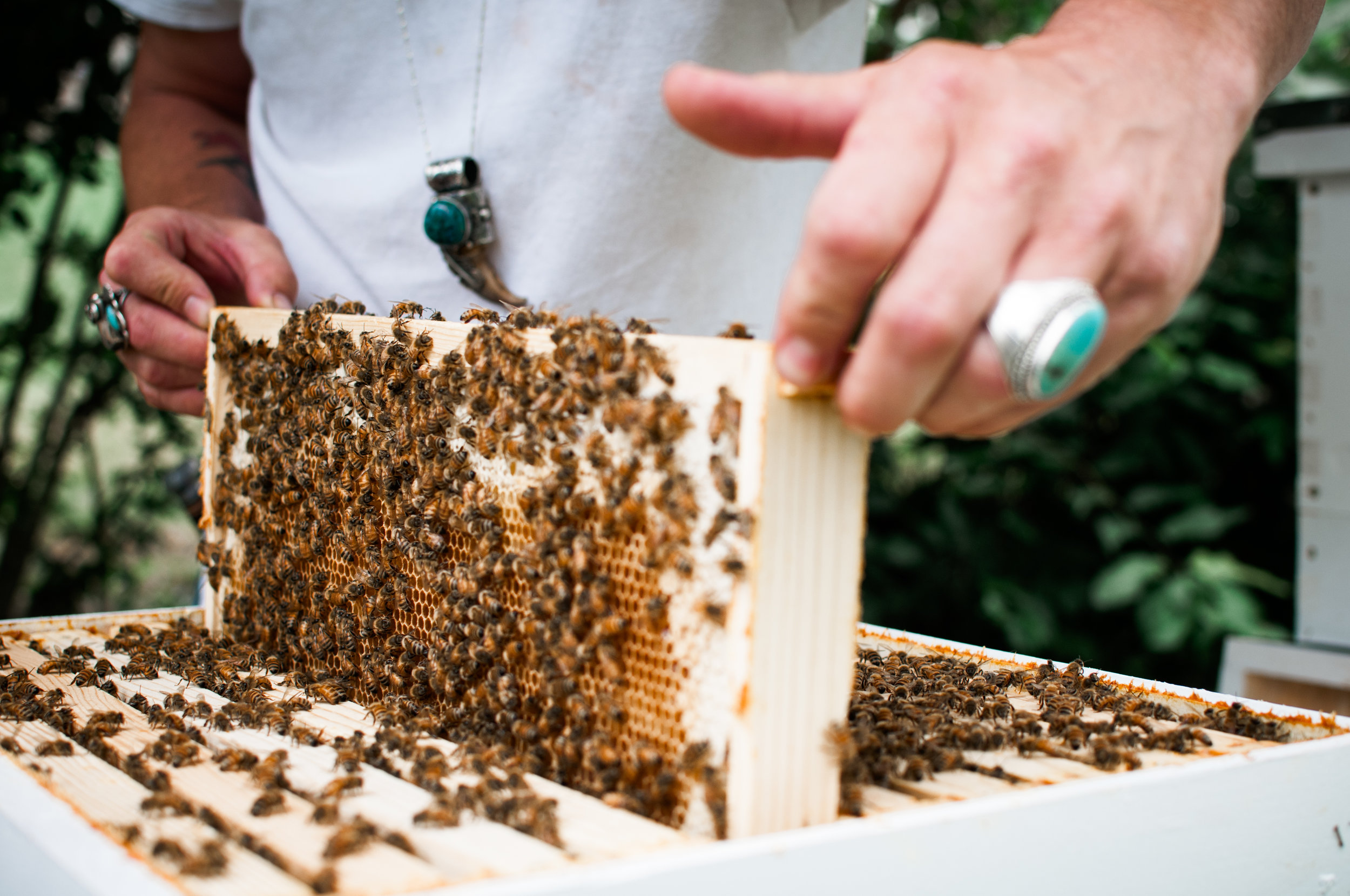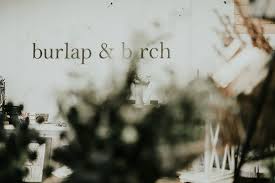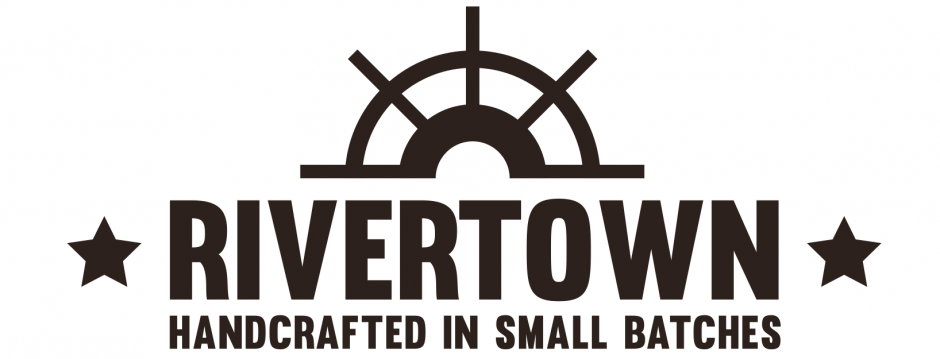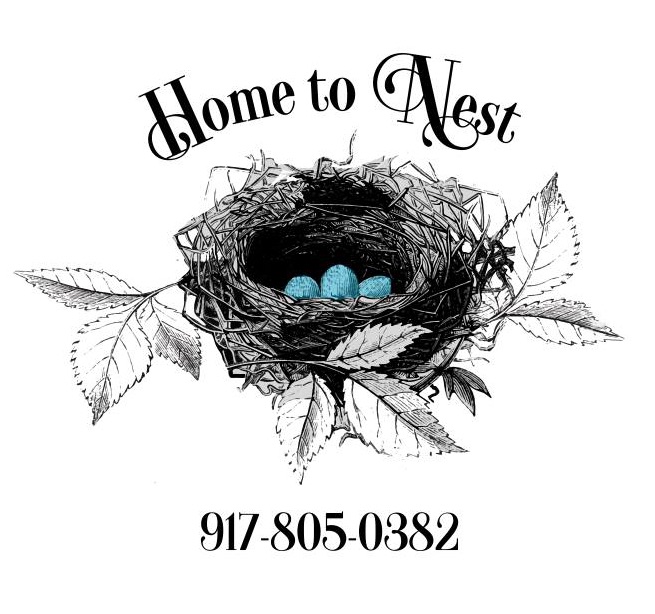Preparing your bees for Winter
The cold months are upon us which means that the largest amount of colony losses is right around the corner. It is important to do your hive inspections before the cold temperature sets in. We wanted to share some tips on what to look for in your upcoming inspections. From the right amount of food to hive location.
FOOD
Honey bees are cold blooded insects that regulate their own body temperature and do not hibernate during the winter months. Instead, they will vibrate their flight muscles, creating friction to keep the hive at about 93 degrees fahrenheit . In order to do this, they need energy. The honey bees will eat the stored honey during the months they can not forage. This is why adequate food storage is crucial.
How much honey is good? The general thought is 70-90 lbs. per hive here in the mid-west region but keep in mind that climate will play a role in this amount. Please check with other local beekeepers if your climate is different then ours.
Do I feed my bees? Yes, we feed. During fall months we feed our bees a 2:1 sugar:water solution to help them store up. We have a DIY article on making your own feeder if you are interested in how we feed. Click here.
Are there other ways to feed? Yes there are, it is called "dry feeding". You can do this by placing granulated sugar on newspaper on top of the frames in the top box. This method is best used as "in-hive" feeding during cold months when liquid feeding is contraindicated . Other options are fondant "bee candy" and pollen pattys. Simple recipes can be found online.
HIVE INSPECTION
"When the Queen is happy, there is peace in the Kingdom", a quote that I heard once and enjoyed. Going into winter with strong, healthy Queens free of disease will give your hive a better chance at survival. The Queens age will also be a factor for survival. Some beekeepers will re-queen a second season Queen because she has a 50:50 chance of failure over winter.
What should I look for on my fall inspection?
- Pest management which includes mite counts and treating if indicated.
- Check for hive beetles and wax moths that may be looming in the crevices.
- Ensure to visualize adequate food stored in the combs.
- Make sure you have brood, the pattern should be tight as a spotty brood pattern can indict a poorly laying queen.
- Your worker bee population should be large, if your numbers are low you may need to combined smaller colonies (see video).
- Eliminate unused space. If you observe that your bees are not storing food or laying eggs in a particular box, remove that unused space. The extra space will welcome unwanted guests.
EXTERIOR PREPARATION
- If not already done, your hives should be facing the southeast direction. It is important to have early morning sun and direct sunshine most of the day.
- Moisture will form on the lid of the hive as the bees consume the honey. Absorbent material can be used in exchange for your inner cover to help diffuse moisture. These can be purchased or can be made. Absorbent boards can be purchased or you can make your own "quilt box".
- Angling the hive also aids in safe moisture run-off. This can be done by placing shims under the rear of the bottom board, slightly elevating the back of the hive.
- By propping the top open, between the telescoping cover and inner, you can create an alternative exit for your bees. This may come useful in months where your entrance may be blocked do to snow. Without proper ventilation they can suffocate. We use a simple twig about the diameter of a pencil as a spacer. This also aids in ventilation.
- Wind breaks and wrapping may come in handy. Using a wind break (such as a piece of privacy fence or plywood) creates a barrier from damaging winds. Hive wraps can be used to add exterior installation or to absorb UV light for added heat. We use 2" foam installation to cover our hives or you can purchase pre-fabricated ones.
Hope you enjoyed our tips for planning for winter.
Hope you enjoyed our tips for planning for winter. If you have any comments or concerns please feel free to contact us.
Have a good inspection!
Krystle & Cory Gaiser






















